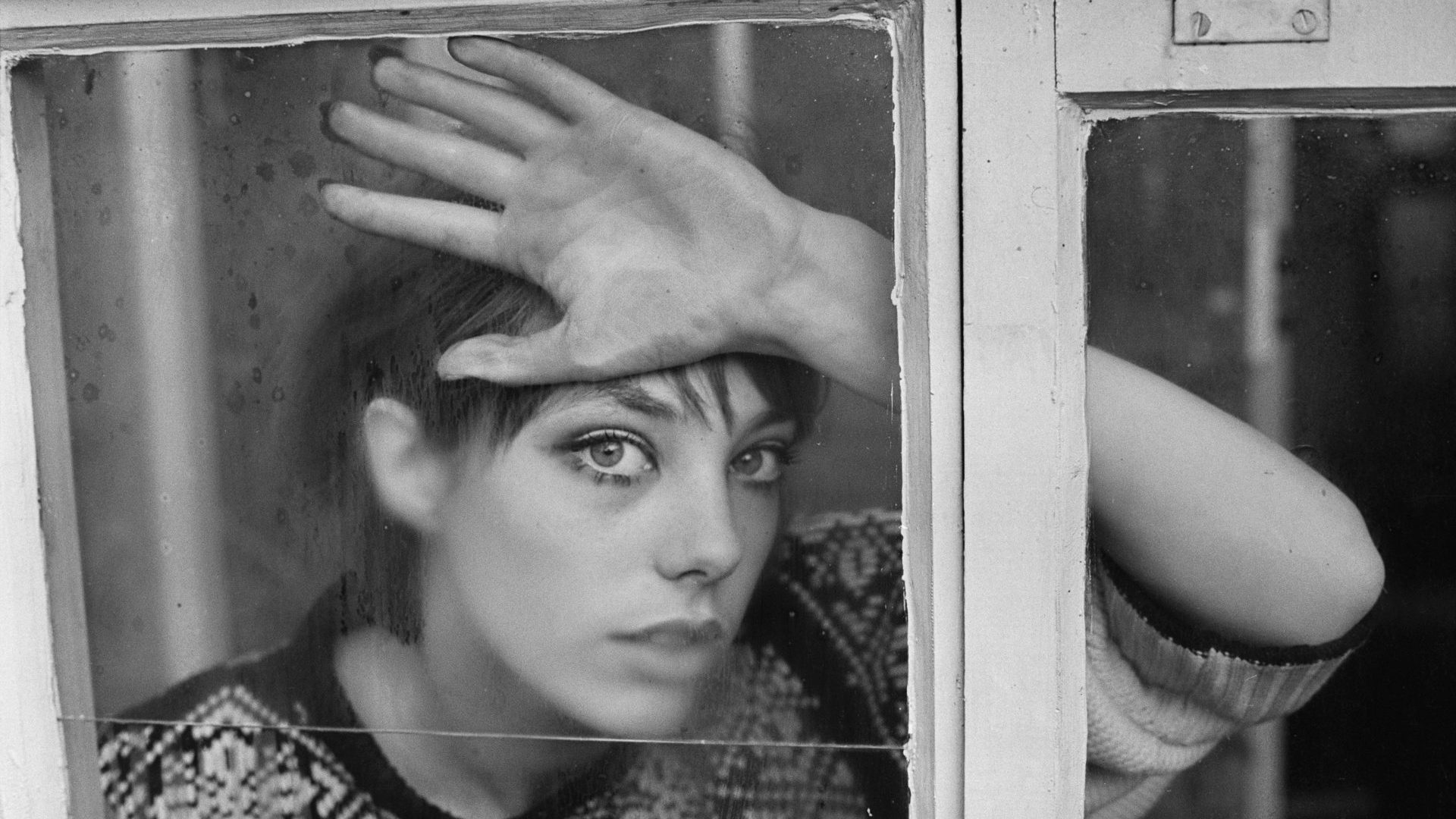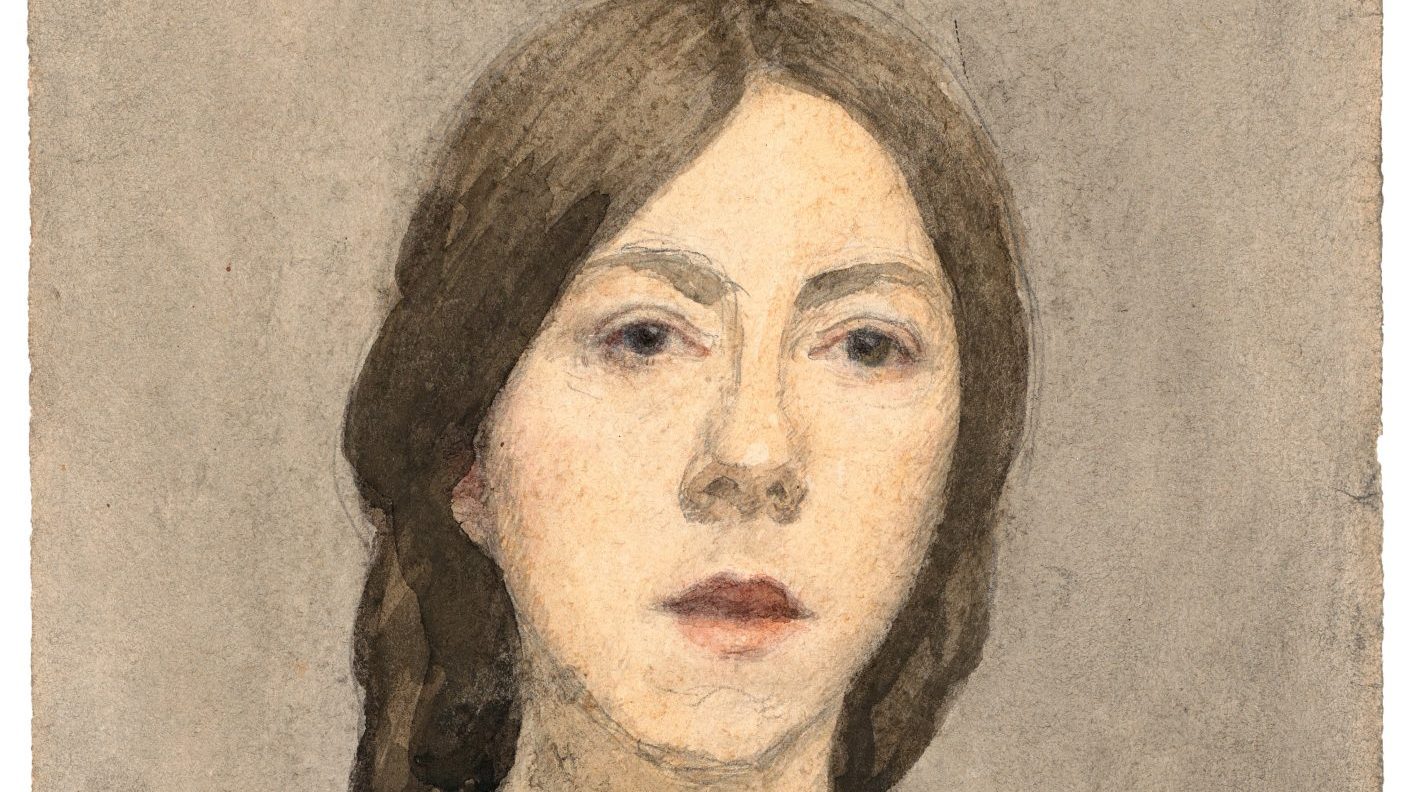Jane Birkin lived her life like the famous Hermes handbag named after her. She was open and deep, chaotic and stylish, iconic and bohemian, at her best when slightly worn, just a bit battered, a repository of surprises and scraps.
A true European, Birkin died on Sunday at the age of 76 in France, the country she adopted and which took her to its heart far more than her native England ever did. Her death comes as a shock – as keeper of the Gainsbourg flame, it was felt she might flicker on eternally, preserving the youthful freedom of a Swinging London she came to represent amid the loucheness of Paris, perpetually trailing a whiff of scandal around her, nailing the essence of cool without ever trying to be.
She acted, she sang, she panted and she modelled; she was a lover, a mother, nurse and muse. To sum up her life in a list of songs or movies does not do her justice. She made life her act, her skinny silhouette and long, fabulous legs lending her a unique mixture of poised, lithe elegance and gangly, foal-like innocence.
When Serge Gainsbourg died, France went into national mourning and the soul of that nation now takes another hit, for Birkin was very much part of his legend and kept his story going, kept the house they shared together in Rue de Verneuil preserved just the way it was the day he died, with the perfume bottles and drug boxes and tins of food still in the cupboards.
It’s now a museum, or mausoleum, open to the public after years of delays and indecisions, very much the curatorial property of their daughter Charlotte Gainsbourg, whose first film as director, in 2021, was a video portrait of her mother, Jane by Charlotte. The title referenced an earlier movie about her, Jane B by Agnes V, which, with its mosaic structure, remains perhaps the most accurate screen incarnation of Jane.
I saw Jane about a year ago, performing beautifully at the Barbican, a concert of delicious songs, delivered in her wraith-like way, fragile and shy but so intimate we might as well have been in her living room, her stagecraft perfect but looking like it had just been thrown together.
Her whole life might appear that way, so casually cool, low-slung and accidental, like the eponymous handbag which Hermes felt compelled to design for her when she scattily spilled the contents of a large straw bag when she sat next to the firm’s creative director on a flight. She never received a penny for the bag which bears her name and sells for thousands of pounds in London, New York, Tokyo and Paris, new or vintage.
Was she a great actress? Probably not, despite a career notching up well over 70 films – and three Cesar nominations – for some of the most revered auteurs, from Jacques Rivette and Antonioni to Bertrand Tavernier, Jean-Luc Godard and James Ivory, and she was divine in the shimmering heat of La Piscine in 1969 opposite Alain Delon. Her subtle presence in the all-star casts of the Ustinov Poirot movies was something to relish; a mousey maid in Death on the Nile and rather more stylish in Evil Under the Sun. There was plenty of theatre, too, mostly in Paris or Avignon. The French called her la petite anglaise and found her adorable and funny. “I’d have had a different life if it weren’t for my accent,” she told me. Thing is, she even spoke English like a foreign language.
She knew everyone and shared her life like you were supposed to know everyone in it, and be on first-name terms with them. It was Serge this, Serge that, Charlotte here, Lou there and Bulle – “you must know Bulle? Darling Bulle Ogier?” – and she was very gossipy in the most matter of fact ways. She loved her little bulldog, Dora, too.
Some of her finest performance work was in creating characters with Gainsbourg, such as Melody Nelson on that wonderful album, and on her eternally provocative and emblematic anthem, the breathy, sexy, banned Je t’aime… moi non plus, where she was trying to outfox Brigitte Bardot – for whom Serge had originally written it. They recorded in a tiny studio in Marble Arch and Birkin, wanting to ensure Serge never performed it with another woman, rather overdid the heavy breathing, so much so she was told to calm down. Many listeners believed it was audio verité and that the lovers had really recorded themselves having sex.
Birkin was always so matter-of-fact about sex, even if she was the first woman to show pubic hair on the big screen in 1966’s Blow-Up, in an orgy with David Hemmings. This sexual insouciance hung around her like a halo in all her photos and films, a liberalism that was somehow inherited by her daughter, who eventually scandalised France herself, with her dad on Lemon Incest in 1985, and many times again, such as in Antichrist for Lars von Trier.
That’s why Charlotte’s film of her mum is so intriguing, so appealing – you watch this creative, artistic, unkempt family do ordinary things like having breakfast, yet they appear so louche and loose, as if they never, ever tidy up. The Gainsbourgs were reality TV before it was invented.
Jane’s mother was actress Judy Campbell, a towering and domineering figure herself beloved of Noël Coward. Jane told me her mother made her feel like “a mouse”. Despite the psychological damage this dismissiveness might have wrought, Birkin found a way to square it with herself. “She said I was lucky to be like a mouse, because people would take care of me. She used to say that if you’re dark and six foot and glamorous like she was that no one asks if you’re all right, but with me they’re always concerned I’m about to faint, so they look after me. I suppose I am lucky like that.”
I remember, too, finding her very conflicted about her status as an export. Although she was eventually awarded an OBE, she found returning to London challenging every time. She thought the English could see through her, that she wasn’t interesting and had had to go to France to become so. “‘Is that all there is to her?’ That’s what they think, perhaps rightly” she said, glumly.
In the end, she was the Frenchest of us all, and somehow also the most British. Brexit, I do know, offended her greatly but when I ventured to ask her about it at Cannes in 2021, she whispered that it was too ugly to talk about and wafted it away like a wave of nausea, her nose turning up at the smell of it.
“Sans Jane”, was the simple headline in Liberation on the Monday morning after her death, suggesting life in Paris, in France, would be diminished by her passing, that we would have to get used to life without her while also heralding her ascension to one-moniker status – it may be a plain name here, but there’s only one Jane in France.
She’s so bound up with Gainsbourg, of course, but she was so much more than that. She was his best side, gave him legitimacy, leniency, indulgence, credibility, beauty and preserved his pop poetry even when he was at his most loathsome. Even by leaving him, she added to his narrative and reclaimed her own, seemingly effortlessly segueing into a relationship with director Jacques Doillon (with whom she had daughter Lou) yet remaining inextricably part of the Gainsbourg myth, all her life and now in her death.
It’s a shock because, with Jane Birkin, an era of highly desirable European glamour has been extinguished. She joined the EEC before we did, maybe she played a part in forging it and she even ended up outlasting it, a role model of a life for all those dreaming of escaping dreary old England and infusing our class system with a bit of eroticism.
If she had stayed here, bullied by John Barry, her first husband, she may have ended up in performance or hanging out with the Stones in Morocco but Marianne Faithfull got that gig. Instead, Birkin found herself, her voice, her look, her sexuality and her light in Paris. They were thrilled to have her and considered her far more exotic and erotic than we did. Did the British establishment feel snubbed by her defection? We had Twiggy and the Shrimp, we had plenty of Janes – we had Charlotte Rampling and she left, too. And Kristin Scott Thomas.
But for all their bilingue smarts – they were probably better French speakers, more grammatically correct, with more accurate accents – those two actresses could never match Jane’s instinctive take-up of French attitude, corporeally and mentally, the symbiotic way she seeped into French culture and the way it seeped into her.
So in the end, her French life was her great performance, the photos with Serge, the free-spirited mothering of Charlotte and Lou, the cabaret concerts and TV appearances, the way she so publicly and openly shared her pleasure and her personal pain. And the way she rolled with it, as you could see by her whirling, gangly, lovable dancing on stage during her concerts and how she whispered confidences and wisdom like secrets scooped from the bottom of a battered leather bag, that never went out of shape or style. She was brilliant at it.




